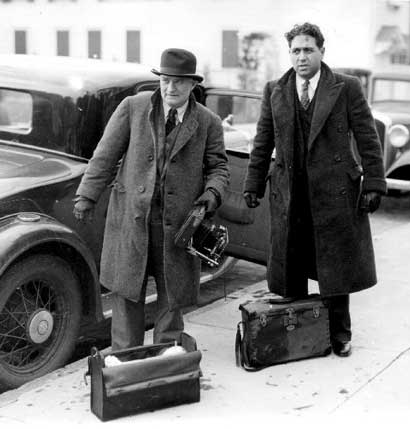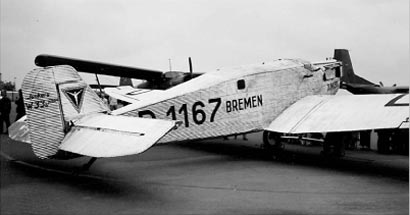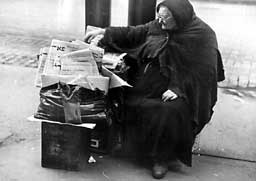

World War One
Many years past the draft age, Jackson joined the Army Signal Corps (reserves) at the age of 32 and reported for training at Camp Alfred Vail in Little Silver New Jersey on October 22nd 1917. Due to his extensive photographic experience he was promoted to 1st. Lieutenant and was assigned the title as “Official War Photographer.” Several months later he was selected to be President Woodrow Wilson’s official photographer

Post War Years ~ Assignment Photographer
Returning from France a seasoned, recognized professional news photographer, Jackson was offered many employment offers. He decided to work with Joseph Mendill Patterson and his cousin Robert R. McCormick, who were co-publishers of the Chicago Tribune and wanted to start a New York tabloid newspaper The New York Daily News. Launched on June 26, 1919 with Edward N. Jackson as their lead photographer, the publishers wanted large and prominent photographs of city news, entertainment and sports events and local city coverage, all of which was assigned to Jackson. The New York Daily News is today the sixth largest newspaper in the country and has won ten Pulitzer prizes.
In 1927 William Randolph Hurst
wanted to promote his newspaper
New York Daily Mirror by
sponsoring a non-stop historic
aviation flight from New York to
Rome following Charles
Lindbergh’s successful flight from
New York to Paris (May 20-21,
1927). The aircraft “Old Glory” a
German Fokker FVII was to be
manned by pilots Lloyd Bertaud
and James Hill and the Daily
Mirror managing editor Phillip A. Payne, a close friend of Jackson’s, fly with them for one-on-one news coverage. The historic flight left Old Orchard Beach, Maine on the morning of September 6, 1927. Sixteen hours into the flight a SOS was received and the aircraft was never heard from again. Jackson reportedly took the last known photograph of “Old Glory” on August 26, 1927 for his friend. It was never published. Another historic flight that Jackson covered was the flight of the Bremen, a German Junkers W-33 aircraft crewed by Baron Gunther von Hunefeld, Hermann Koehl and James C. Fitzmaurice in April, 1928. The planned east to west Atlantic Ocean crossing took flight on Thursday, April 12, 1928 from Baldonnel, Ireland with a destination at Mitchell Field, New York where Jackson waited for their arrival. 36 hours after Bremen departed Ireland; it was forced to crash-land on Greenly Island on Friday, April 13, 1928 in Canada. Jackson immediately left for Canada and hired a single-engine aircraft to fly him and other news reporters to Greenly Island to cover the story. While none of the flight crew sustained injury as a result of the accident, famed aviator, Floyd Bennett became ill and died while attempting to salvage the Bremen from Greenly Island.

The Great Depression
Edward Jackson personally covered “Black Thursday,” October 24, 1929 when Wall Street experienced the beginnings of the famed stock market crash leading to the infamous “Black Tuesday” on October 29, 1929 – the beginnings of the Great Depression. Jackson’s camera captured much of this tragedy over the next ten years. The worst and longest economic collapse in history, the depression spread to most of the world’s

industrialized countries like a firestorm. Businesses and banks closed their doors. Millions of jobs were lost, leaving many without homes, savings or even food. Jackson documented on film, this national tragedy.
Later Life of Edward Jackson
Edward Jackson remained with The New York Daily News until his retirement in 1958 at the age of 73. His only child, Edith May Jackson, gave Eddie three grandchildren; Noreen, John and Barry Fitzgerald who often visited him at his home in Wilton, Connecticut. Jackson passed-away from natural causes at the age of 82.
“Human history in its writing is fairly authentic – but I would offer that photographic history has an element of certainty about it that is indisputably authentic. The picture tells its own story – and proves it, is corroborative, and records details that are often lost in writing.”